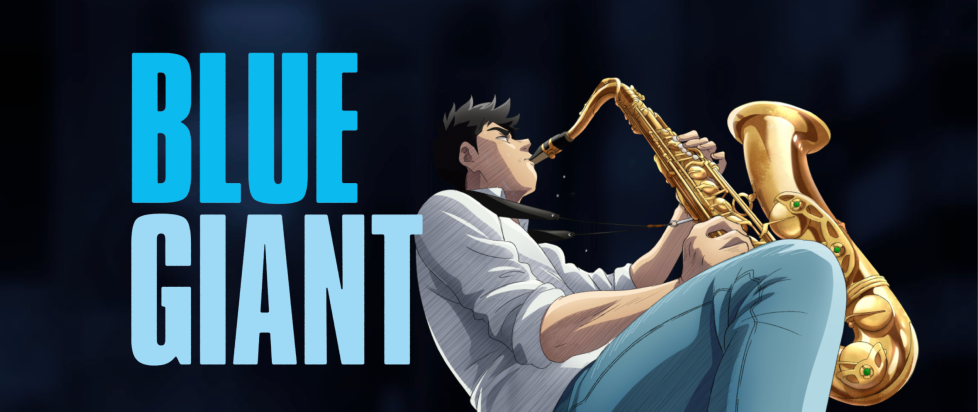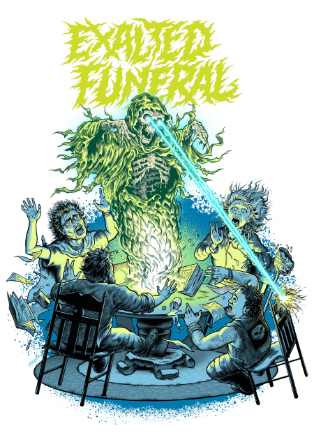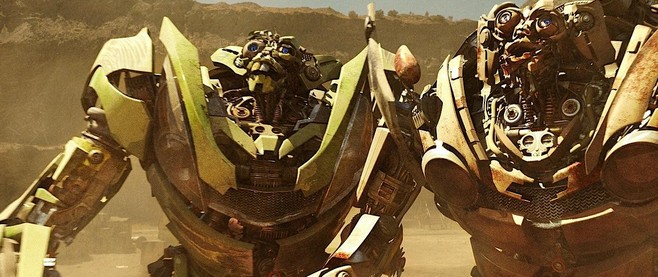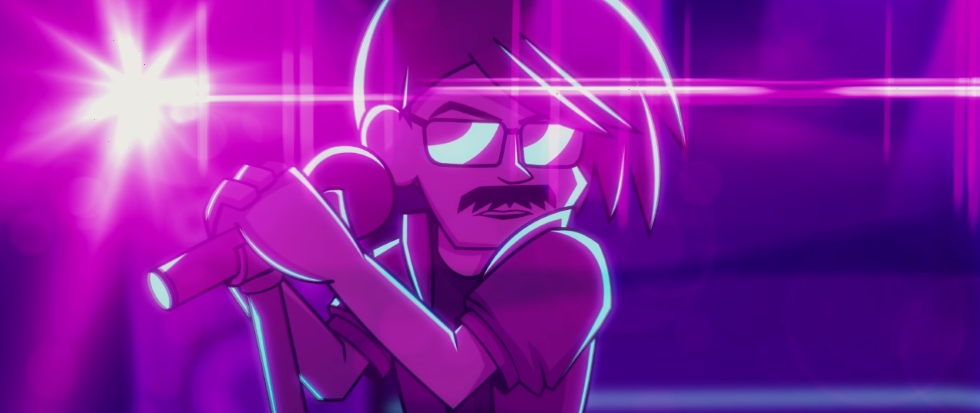
A Duet of Anime and Jazz: An Interview with Director Yuzuru Tachikawa
Following the critical and commercial success of his Mob Psycho 100 anime adaptation at studio Bones, director Yuzuru Tachikawa’s first new release was the jazz anime Blue Giant. A narrow, but well scripted adaptation of the original manga by Shinichi Ishizuka, studio NUT’s musical anime is a grounded, coming-of-age story for its young adult jazz musicians – with a little shonen action anime thrown into the mix. I spoke to director Tachikawa ahead of Blue Giant’s Blu-ray release (via GKIDS and Shout) to ask what Tachikawa thought about the growing catalog of musical anime, collaborating with jazz pianist Hiromi Uehara on the film’s uniquely composed soundtrack, and using oft-maligned motion capture tech to anime live performances.
This interview has been edited for clarity.
On musical anime:
When it comes to recent anime that has to do with music, I did study the expression of the performance. And in terms of Blue Giant, the jazz solos are very big, and because jazz is so improvised I really made sure not to repeat what has been done before when it comes to music anime.
On animating musical performances:
My intent was to especially treat live performances like what would be done for an anime action scene, with the emphasis placed on the improvised scenes, and to really emphasize the emotions and the expressions during the solos. And in addition to that, during whole performances it was important to use different camera angles and to be specific with them. So I was very intentional as I was going into it, especially the live performances, to use different styles.
On mocap and CGI animation:
With our process, there’s a lot of redrawing by hand. And I think with where the technology is going is that you would do a live capture of a person and then superimpose it onto your animated character. And with that flow, then the hand drawn [animation] would become less prominent. But what’s great with the current flow of mocap and then redrawing by hand is that there’s that hand drawn noise of the illustration and also the animators’ technique, without which the end result might become more mechanical. So I think in the future there will be a sweet spot where there is still mocap and animators’ touch through the whole process.

On working with composer Hiromi Uehara:
In the original manga, in one of the extra chapters, Hiromi Uehara was actually there as a manga character and was mentioned by name. So Hiromi already had a relationship with the original mangaka [Shinichi Ishizuka]. We already knew that once the movie was decided that Hiromi would be in charge of the music for the film.
The mangaka and their staff, they’re very, very knowledgeable in jazz, whereas I’m an amateur when it comes to that genre, so there were two groups. The mangaka’s staff, they would give opinions on the music and the score from the jazz side to Hiormi Uehara, and I would give her notes as a director from the point of view of the audience. Then she would mix those two and go back to both groups and say, you know, what do you think about this? That was the process.
On working with adult characters:
I feel that if I had been only contained in, let’s say, only high school, that world would be limiting. A lot of stories might be more high-school and grade-school oriented because a lot of people can understand that time in life, and it’s also that coming-of-age is what people are drawn to about those years.
But with these three main characters touring college, one decides not to go to college, one is working, and I really think that the possibilities in those situations are quite infinite.
On animating the Tokyo skyline:
For the key visuals, the overall theme was blue. And even whether it was daytime or nighttime there was the blue, where the night skyline is accented by pinks and yellows. With the Tokyo scenes, we just used the regular environmental noise audio-wise, we still had the street sounds you can hear in Tokyo.
———
Autumn Wright is an essayist. They do criticism on games and other media. Find their latest writing at @TheAutumnWright.





